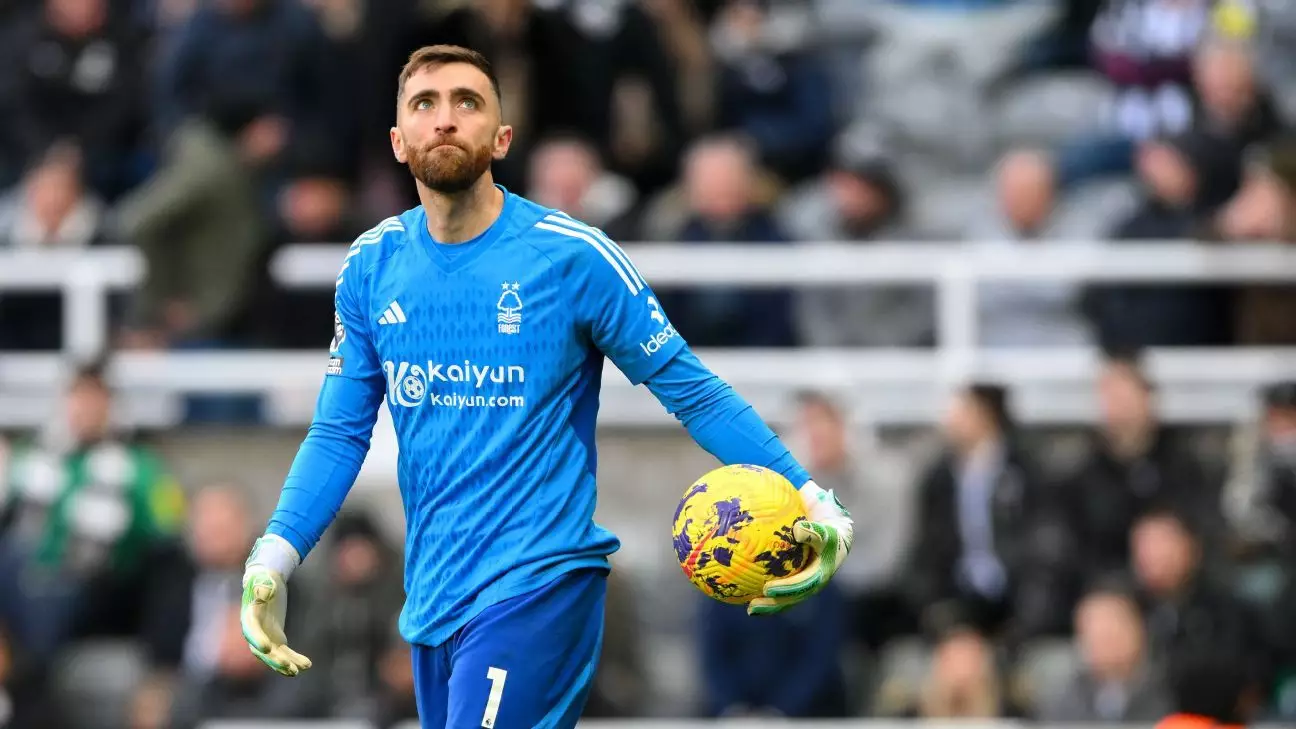The United States men’s national soccer team has a rich history of exceptional goalkeepers, from Tony Meola to Tim Howard. These legendary figures have carried the team through two decades with their superb performances. Whether it was Kasey Keller’s heroics against Brazil in the 1998 Gold Cup or Brad Friedel’s standout display in the 2002 World Cup, the USMNT always had a reliable goalkeeper to rely on. However, the current scenario paints a different picture, with a sense of mediocrity overshadowing the once formidable position.
USMNT manager Gregg Berhalter now faces a dilemma with the goalkeeping options at his disposal. Matt Turner, Zack Steffen, Ethan Horvath, and others are vying for the coveted spot between the posts. While Turner has shown glimpses of promise, the overall quality of American goalkeepers seems to have taken a hit. The top goalkeepers are either warming the bench or have moved to less competitive leagues in search of playing time, indicating a shift from the glory days of American goalkeeping.
A Generation Gap
The golden era of American goalkeepers, encompassing icons like Keller, Friedel, and Meola, seems to be a thing of the past. The new generation, led by Turner, is struggling to make a mark on the international stage. Turner’s stint at Nottingham Forest saw a dip in performance compared to his MLS days, highlighting the challenges American goalkeepers face in adapting to top-tier European competition. Horvath’s decline at Luton Town and Steffen’s inconsistent form further underscore the current predicament.
The role of a goalkeeper has evolved significantly in recent years, requiring a blend of traditional shot-stopping abilities and modern ball-playing skills. American goalkeepers like Turner exemplify strong shot-stopping but lag in passing proficiency, signaling a need for adaptation to the changing demands of the position. The transition from MLS to top European leagues presents a steep learning curve, as noted by former goalkeeper Kasey Keller, emphasizing the importance of experience and exposure to elite competition.
The Road Ahead
Despite the setbacks, there is optimism for the future of American goalkeeping. Turner’s resurgence at Nottingham Forest and Steffen’s move to Colorado provide glimmers of hope for a potential revival. Young talents like Gaga Slonina and Chris Brady represent the next wave of goalkeeping prospects, offering a glimpse into the potential depth of the position. With major tournaments like Copa America and the 2026 World Cup on the horizon, American goalkeepers have a chance to prove their worth and regain the prominence that once defined the USMNT.
The decline of American goalkeeping reflects a period of transition and adjustment to the evolving standards of the game. While the current crop of goalkeepers may not match the illustrious predecessors, there is a sense of resilience and determination to overcome the challenges and reclaim the glory of the past. With strategic planning, player development, and a focus on honing their skills, American goalkeepers can once again establish themselves as a force to be reckoned with on the global stage.

Leave a Reply